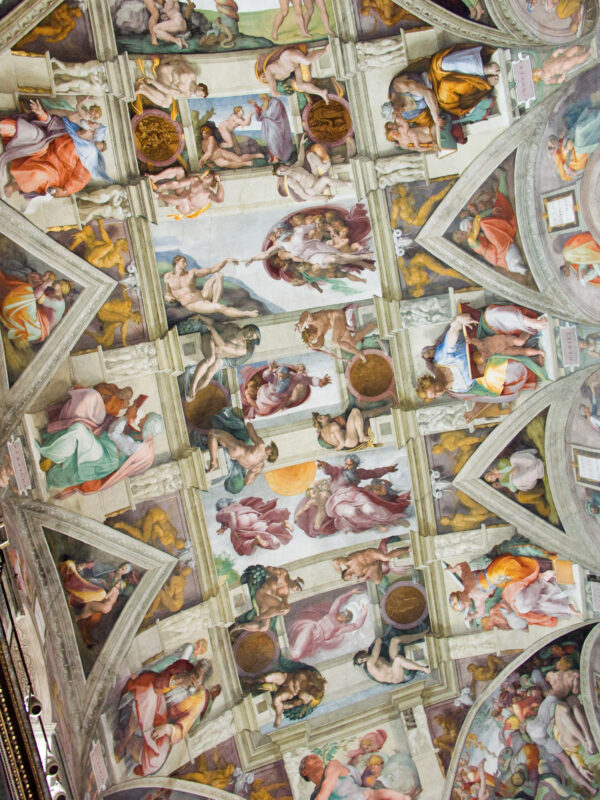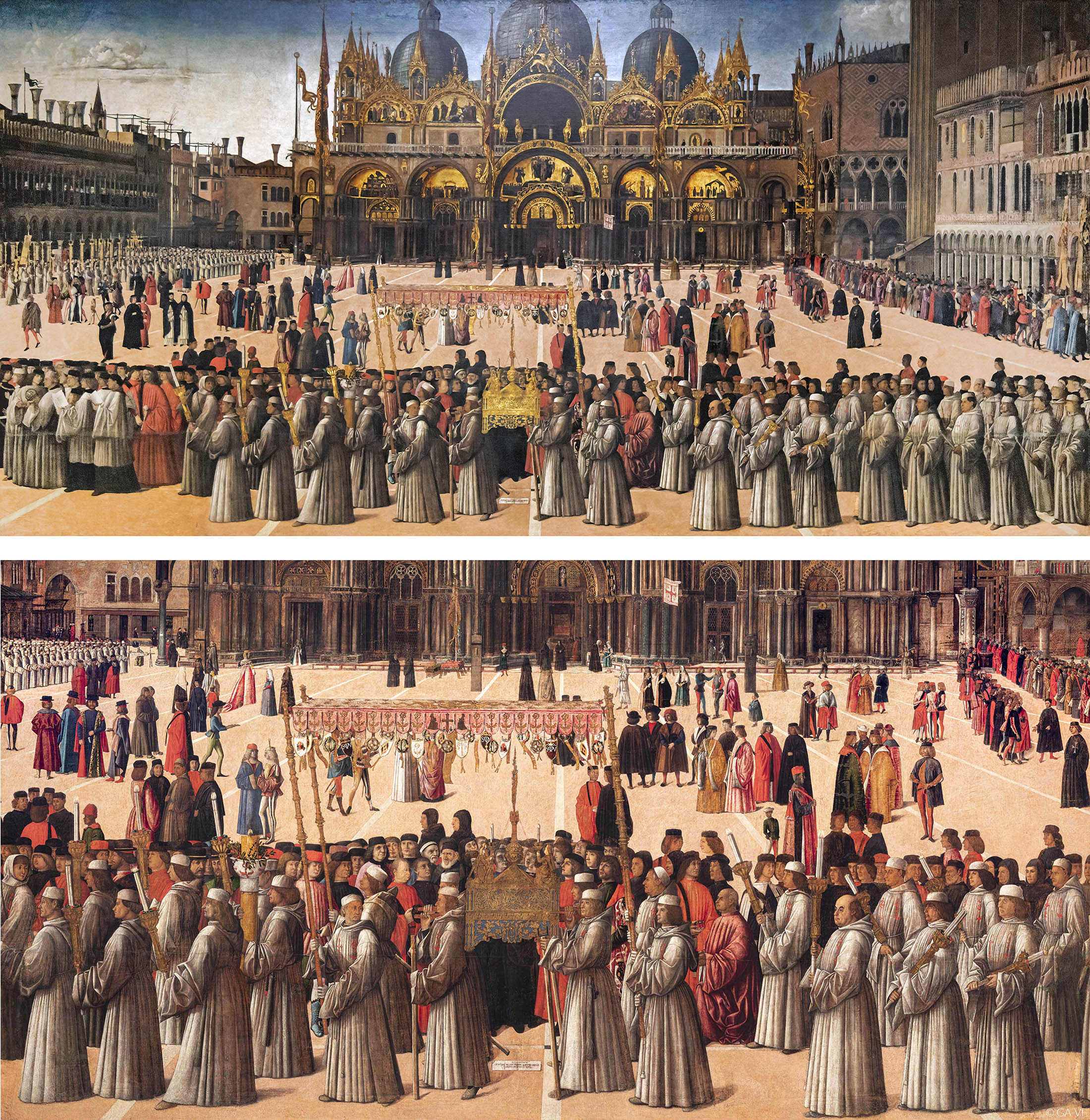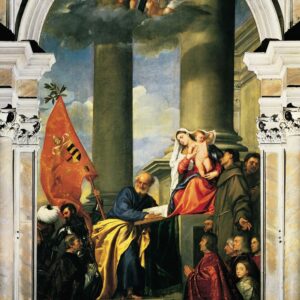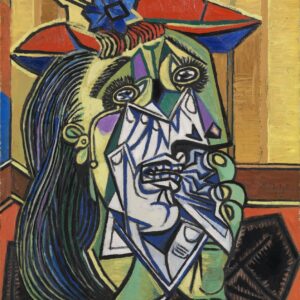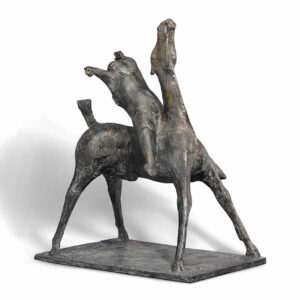Michelangelo di Lodovico Buonarroti Simoni (Italian: [mikeˈlandʒelo di lodoˈviːko ˌbwɔnarˈrɔːti siˈmoːni]; 6 March 1475 – 18 February 1564), known simply as Michelangelo (English: /ˌmaɪkəlˈændʒəloʊ, ˌmɪk-/[1]), was an Italian sculptor, painter, architect and poet of the High Renaissance born in the Republic of Florence, who exerted an unparalleled influence on the development of Western art. His artistic versatility was of such a high order that he is often considered a contender for the title of the archetypal Renaissance man, along with his rival and elder contemporary, Leonardo da Vinci.[2] Several scholars have described Michelangelo as the greatest artist of his age and even as the greatest artist of all time.[3][4]
A number of Michelangelo’s works of painting, sculpture and architecture rank among the most famous in existence.[2] His output in these fields was prodigious; given the sheer volume of surviving correspondence, sketches and reminiscences, he is the best-documented artist of the 16th century. He sculpted two of his best-known works, the Pietà and David, before the age of thirty. Despite holding a low opinion of painting, he also created two of the most influential frescoes in the history of Western art: the scenes from Genesis on the ceiling of the Sistine Chapel in Rome, and The Last Judgment on its altar wall. His design of the Laurentian Library pioneered Mannerist architecture.[5] At the age of 74, he succeeded Antonio da Sangallo the Younger as the architect of St. Peter’s Basilica. He transformed the plan so that the western end was finished to his design, as was the dome, with some modification, after his death.
Michelangelo was the first Western artist whose biography was published while he was alive.[2] In fact, two biographies were published during his lifetime. One of them, by Giorgio Vasari, proposed that Michelangelo’s work transcended that of any artist living or dead, and was “supreme in not one art alone but in all three”.[6]
In his lifetime, Michelangelo was often called Il Divino (“the divine one”).[7] His contemporaries often admired his terribilità—his ability to instil a sense of awe. Attempts by subsequent artists to imitate[8] Michelangelo’s impassioned, highly personal style resulted in Mannerism, the next major movement in Western art after the High Renaissance.
The Pietà (Italian: [pjeˈta]; English: “the Piety”; 1498–1499) is a work of Renaissance sculpture by Michelangelo Buonarroti, housed in St. Peter’s Basilica, Vatican City. It is the first of a number of works of the same theme by the artist. The statue was commissioned for the French Cardinal Jean de Bilhères, who was the French ambassador in Rome. The sculpture, in Carrara marble, was made for the cardinal’s funeral monument, but was moved to its current location, the first chapel on the north side after the entrance of the basilica, in the 18th century.[1] It is the only piece Michelangelo ever signed. It is also the only known sculpture created by a prominent name from the Renaissance era to be installed in St. Peter’s Basilica that was accepted by the Chapter of St. Peter. [2]
This famous work of art depicts the body of Jesus on the lap of his mother Mary after the Crucifixion. Michelangelo’s interpretation of the Pietà is unprecedented in Italian sculpture.[3] It is an important work as it balances the Renaissance ideals of classical beauty with naturalism.
In 2019, a small terracotta figure identified as a model for the final sculpture was displayed in Paris.[4
Keep Reading
https://en.wikipedia.org/wiki/Piet%C3%A0_(Michelangelo)
Name : Michelangelo Buonarroti
Born : 1475
Died : 1564
Art Style & Movement : Renaissance , Sculpting
Main Field/s : Fresco, Painting & Drawing, Sculpting
Region/Nationality : Italian
Artist ID : 5110
Reference :
Keep Reading in




